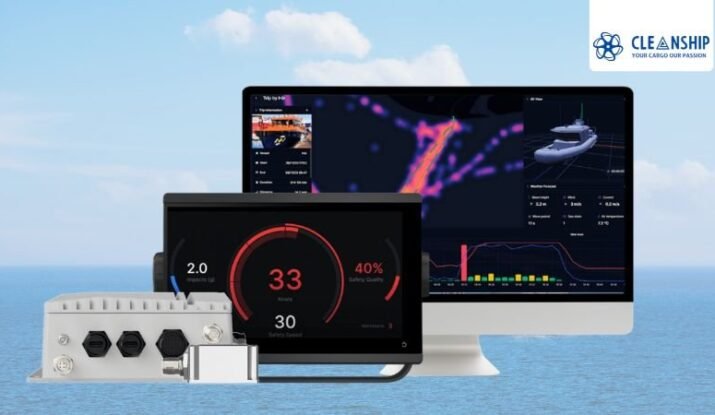The U.S. Coast Guard has issued the 2023 statistics for recreational boating incidents, revealing a decline in both fatalities and overall incidents, and highlighting the main causes of these accidents. The report identifies the top five contributing factors as;
- Operator inattention
- Improper lookout
- Operator inexperience
- Excessive speed
- Machinery failure
Despite a general decline in fatalities and incidents, alcohol remains the leading cause of fatal accidents, liable for 79 deaths, or 17% of the total. The fatality rate dropped to 4.9 deaths per 100,000 registered recreational vessels, down from 5.4 the previous year, with property harm amounting to $63 million.
Most deaths involved operators without boating safety instructions and appeared on open motorboats, personal watercraft, and cabin motorboats. Drowning was the cause of 75% of deaths, with 87% of victims not wearing life jackets. The Coast Guard highlights the importance of vigilance, proper lookout, safe navigation speeds, and adherence to safety directions.
Technology to Empower the Operator to Improve Boating Safety
The Maritime industry is witnessing a technological renaissance, with new innovations desired to improve boating safety onboard vessels and change the way operators work every day. There is a selection of key benefits that are making significant changes and are at the forefront of the future of the maritime industry.
The rise of autonomous ships and AI technology: The use of autonomous ships is becoming increasingly more popular, with drones being used to facilitate examinations and surveillance, improving search and recovery operations. AI technology and navigation techniques are helping to reduce human error on board vessels and enhancing overall safety.
Advanced communication systems: Satellite communication systems guarantee reliable, high-speed internet for better coordination and emergency reply. IoT (Internet Of Things) devices allow real-time monitoring, improving decision-making and boating safety.
Enhanced navigation and collision avoidance systems: Modern ships use advanced radar, sonar, and Automatic Identification Systems (AIS) for more useful situational awareness and crash avoidance, leveraging AI and machine learning for earlier warnings.
Cybersecurity measures: As operations digitize, advanced cybersecurity technologies, including firewalls and encryption, protect against cyber hazards. Industry standards and crew training are assisting to bolster these defenses and provide maximum protection against outside dangers.
Remote maintenance and predictive analytics: IoT sensors and predictive analytics help early detection of issues and proactive keeping, improving reliability and reducing downtime.
Training and simulation technologies: VR and AR simulations offer realistic training environments, improving crew preparedness and decreasing human error.
These innovations demonstrate the maritime industry’s responsibility for boating safety and sustainability, paving the way for a safer and more efficient future. Several companies are leveraging this advanced technology, to lead the way in delivering solutions for issues like those presented in the US Coast Guard Report.
Read Also:

